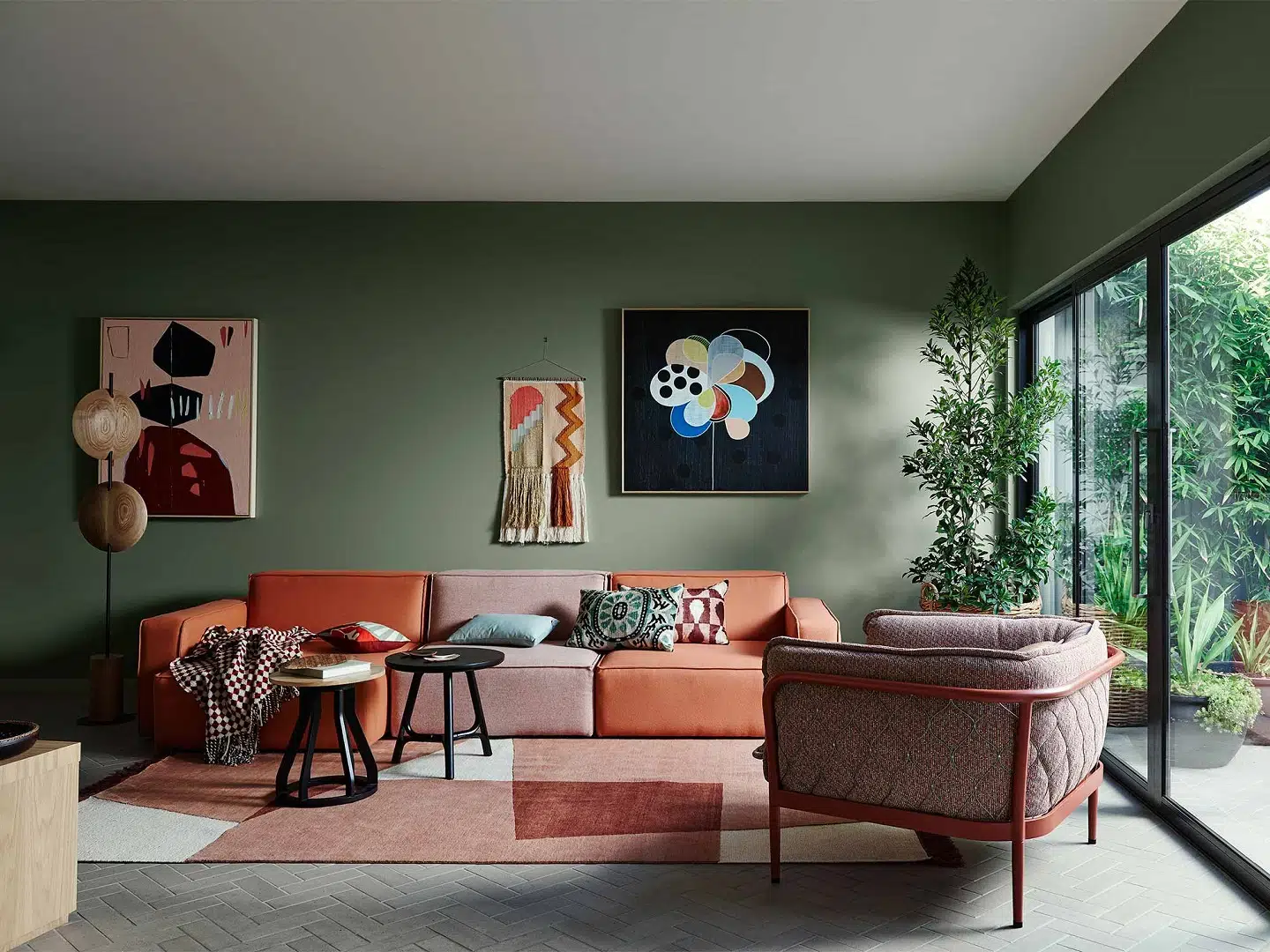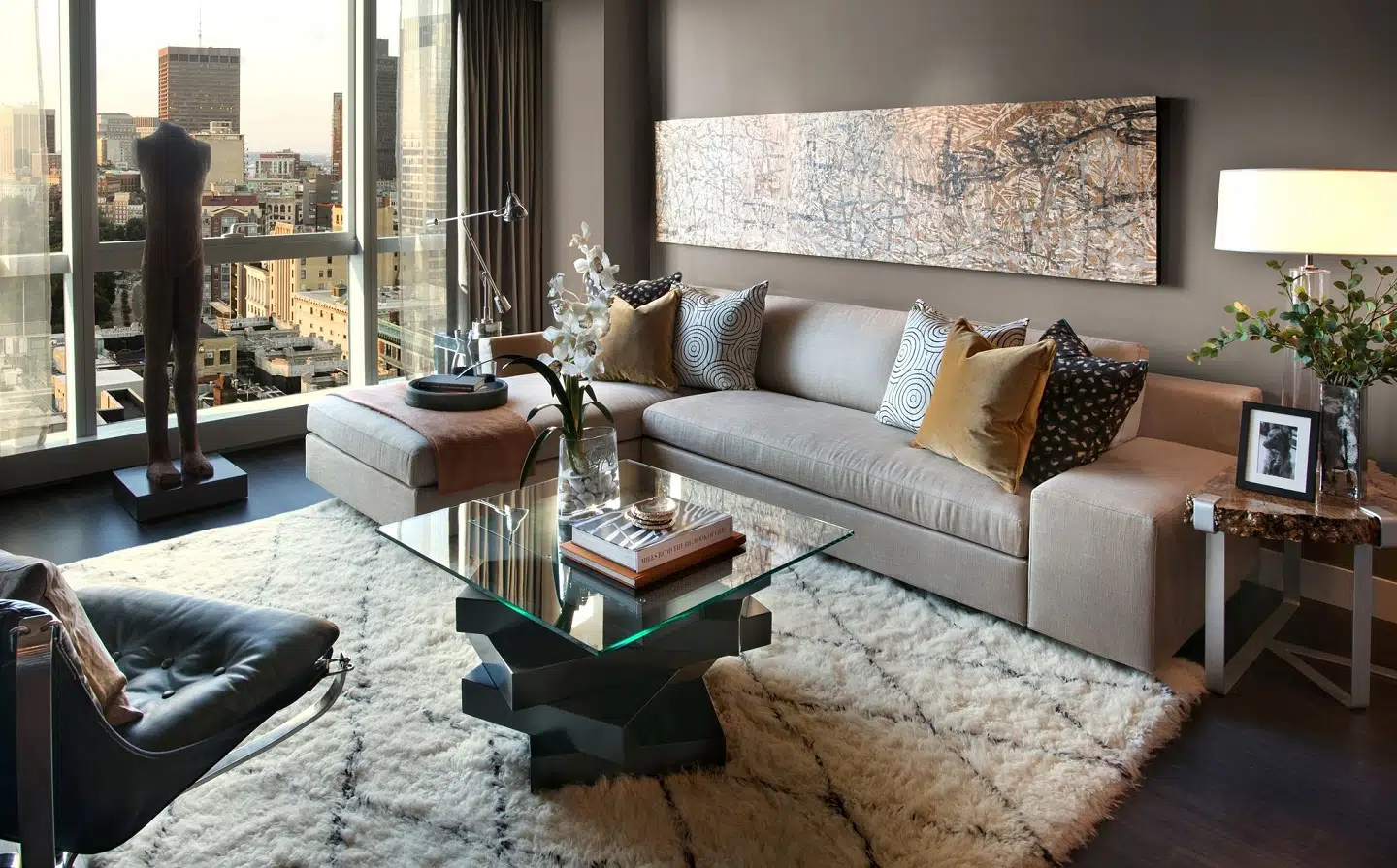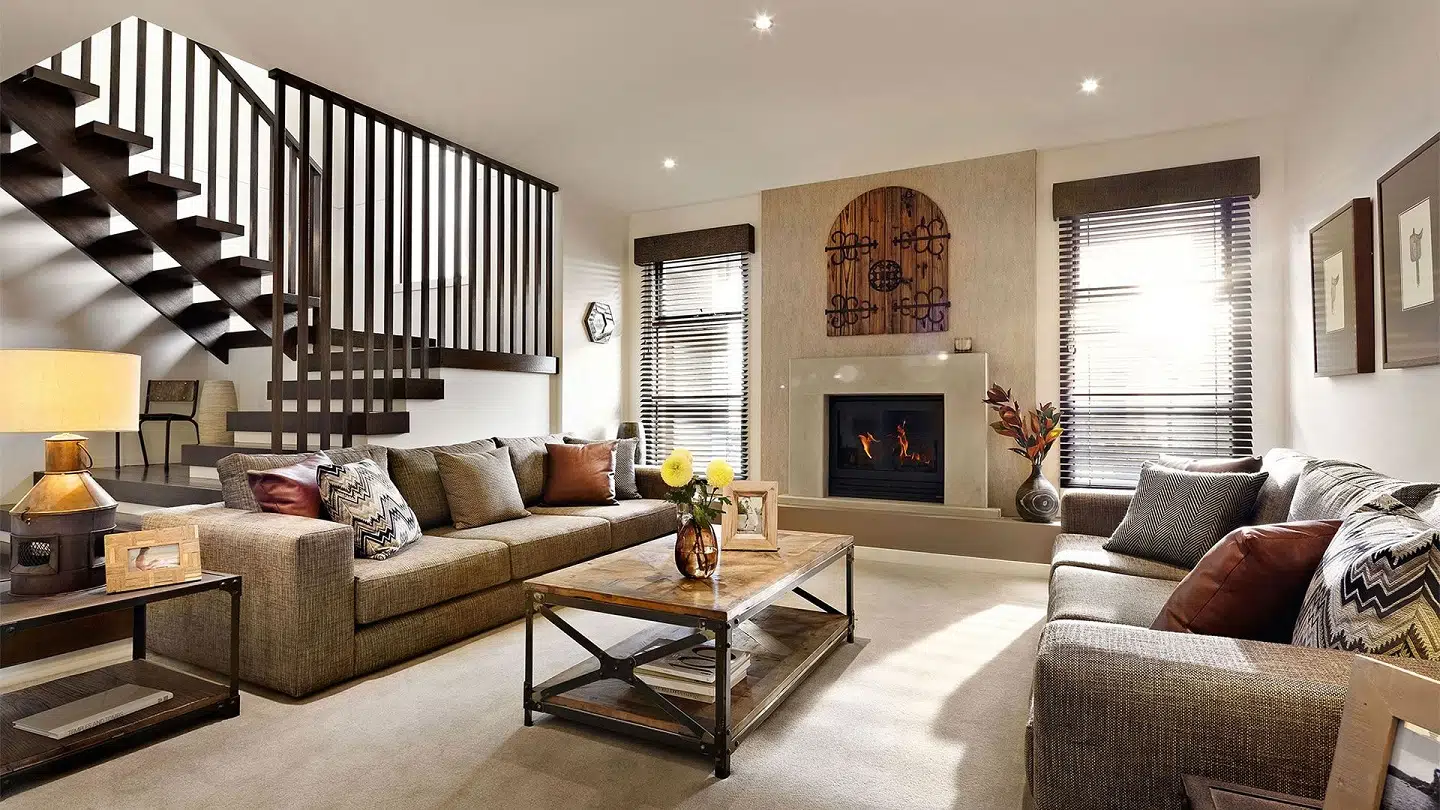The Importance of Color and Lighting in Decoration Design

Interior design is an art form beyond aesthetics; it encompasses the thoughtful arrangement of elements to create harmonious and functional spaces. Among these elements, color and lighting are powerful tools that can transform a room’s ambiance and elevate its overall design. Color and lighting are significant in interior design; their correct usage is paramount to creating visually stunning and harmonious spaces. They can transform a room from mundane to extraordinary when employed with care and precision.
Color, with its vast spectrum of hues, has the power to evoke emotions and set the desired mood. By selecting the right color palette, designers can create an atmosphere of warmth and intimacy or foster a sense of calm and relaxation. The proper use of color can also influence our perception of the size and shape of a room, making it appear more spacious or cozy, depending on the desired effect. Additionally, colors can draw attention to specific elements, like artwork or architectural features, enhancing visual interest and guiding our gaze.
Similarly, lighting plays a crucial role in interior design. It illuminates the space, ensuring functionality and safety. Well-placed lighting fixtures provide overall illumination, while task lighting focuses on specific activities. Lighting can also highlight design elements, adding depth and drama. By carefully selecting lighting options, designers can create different moods and atmospheres, from bright and energizing to soft and relaxing. Proper lighting design can manipulate our perception of space, making ceilings appear higher, or rooms feel more expansive.
Their impact is amplified when color and lighting are used correctly in conjunction. Lighting enhances the true vibrancy and richness of colors, ensuring they shine at their best. Together, they create visual contrast and balance, drawing attention to focal points and creating a cohesive environment. By working harmoniously, color and lighting bring depth and dimension to a space, captivating our senses and elevating the overall aesthetic.
This article delves into the significance of color and lighting in interior design, exploring how they affect our perception, mood, and functionality. Furthermore, we will examine the synergistic relationship between color and lighting, showcasing how their seamless integration can produce breathtaking results.
Things you won’t regret to know about the minimal based Scandinavian design.
The Impact of Color in Interior Design

Color is vital to interior design, shaping a space’s mood, perception, and character. Here are some key points highlighting the importance of color in interior design:
- Psychological Effects of Color: Colors have a profound psychological impact on individuals. Warm colors like red, yellow, and orange create a sense of energy, enthusiasm, and intimacy. In contrast, cool colors like blue, green, and purple evoke calmness, serenity, and relaxation. Understanding these effects allows designers to employ colors to achieve desired outcomes strategically.
- Creating a Desired Ambiance: The selection of color palettes enables designers to create specific moods and atmospheres. Soft pastels and neutrals evoke a sense of tranquility and sophistication, ideal for bedrooms and cozy living spaces. Bold and vibrant colors, on the other hand, inject energy and dynamism into areas such as playrooms or commercial spaces, encouraging creativity and engagement.
- Spatial Perception and Illusion: Colors influence our perception of space. Lighter shades create an illusion of spaciousness and openness, making them suitable for smaller areas. Darker tones can add depth and coziness, making larger rooms feel more intimate. Skillful manipulation of color can visually alter the dimensions of a room to achieve the desired effect.
- Focal Points and Visual Interest: Colors can draw attention to specific areas or elements within a room. By strategically using contrasting or bold colors, designers can create focal points highlighting architectural features, artwork, or furniture. This technique enhances visual interest and guides the viewer’s gaze.
Tip: Check out interior design color trends of 2024.
The Significance of Lighting in Interior Design

Lighting is fundamental in interior design, significantly impacting a space’s functionality, aesthetics, and ambiance. Here are key points highlighting the importance of lighting in interior design:
- Illuminating the Space: Adequate lighting is essential for functionality and safety within a room. Ambient lighting provides overall illumination, ensuring that spaces are well-lit and accessible. Task lightings, such as desk lamps or under-cabinet lights, focuses on specific activities, such as reading, cooking, or working. Accent lighting highlights architectural details, artwork, or decorative elements, adding visual interest and depth.
- Enhancing Mood and Atmosphere: Lighting profoundly affects our emotions and can create various moods within a space. Bright, cool lighting promotes alertness and concentration, making it ideal for workspaces or study areas. On the other hand, soft, warm lighting induces relaxation and comfort, perfect for living rooms or bedrooms. Dimmable lighting systems allow for versatile adjustments, accommodating different activities and occasions.
- Highlighting Design Elements: Thoughtful lighting design draws attention to key design elements, such as artwork, sculptures, or architectural features. By illuminating these focal points effectively, lighting enhances their aesthetic appeal. It contributes to the overall visual impact of the space. The interplay between light and shadow can create depth, drama, and a sense of ambiance.
- Manipulating Space Perception: Lighting techniques can visually alter the perception of a room’s size and shape.
Upward-facing lights can make a low ceiling appear taller. At the same time, wall washers or track lighting can visually widen a narrow space. Skillful lighting design allows designers to play with spatial perception and create a desired effect.
The Synergistic Relationship: Color and Lighting

When color and lighting are combined thoughtfully and harmoniously, their synergistic relationship can elevate interior space design. Here’s how they work together:
- Color Interaction with Lighting: Lighting can significantly influence how we perceive colors. Different light sources, such as natural daylight, incandescent, or LED lights, can alter the color temperature and intensity. Designers must consider these factors when selecting colors to ensure they appear as intended under different lighting conditions. Testing color samples in the lighting environment helps determine the most suitable color palette.
- Illuminating Colors: Proper lighting is essential to showcase the true vibrancy and richness of colors. Insufficient or poorly placed lighting can mute or distort the intended colors, diminishing their impact. By providing adequate illumination and accentuating color saturation, lighting ensures that the chosen color scheme shines at its best.
- Creating Contrast and Balance: Color and lighting can create visual contrast and balance within a space. Strategic placement of light fixtures can highlight the contrasts between different colors, emphasizing their characteristics. On the other hand, lighting can balance intense or dominant colors by introducing complementary or neutral tones. This interplay helps to create a cohesive and visually pleasing environment.
- Enhancing the Desired Ambiance: The combination of color and lighting contributes significantly to setting the desired ambiance. Warm colors paired with warm lighting create a cozy and inviting atmosphere, while cool colors with cooler lighting can evoke a calm and serene mood. The congruence between color and lighting ensures that the overall ambiance aligns with the intended design concept.
Color and lighting are integral elements in interior design, with unique and complementary roles to play. Color affects our perception, mood, and spatial experience while lighting influences functionality, aesthetics, and ambiance. They create a visually beautiful, functional, and emotionally engaging environment when used harmoniously. The strategic integration of color and lighting empowers designers to craft spaces that align with their clients’ preferences, requirements, and aspirations. Understanding the particular importance of color and lighting and their synergistic relationship is crucial for designers and homeowners alike in achieving inspiring and harmonious interiors.
In conclusion, the importance of color and lighting in interior design cannot be understated. Colors can evoke emotions, shape perceptions, and create visually stunning environments. When used correctly, they breathe life into a room, transforming it into a beautiful sanctuary of beauty and harmony.



Did you find what you were looking for?